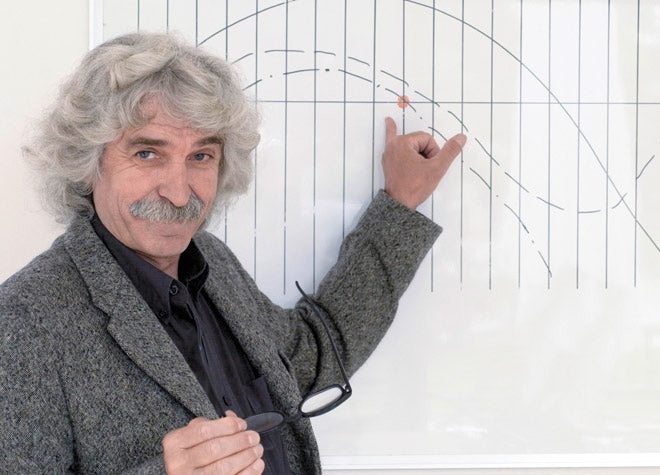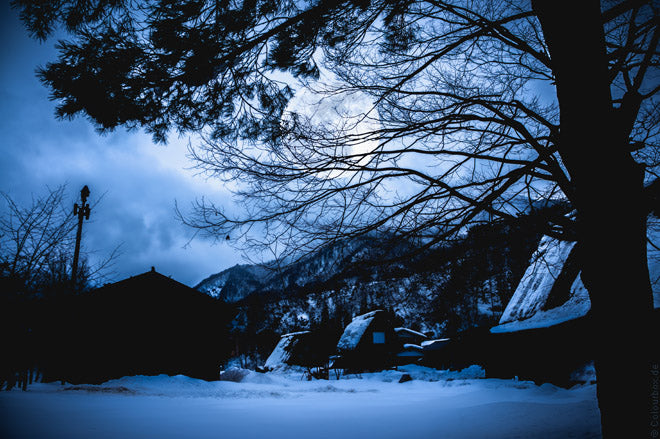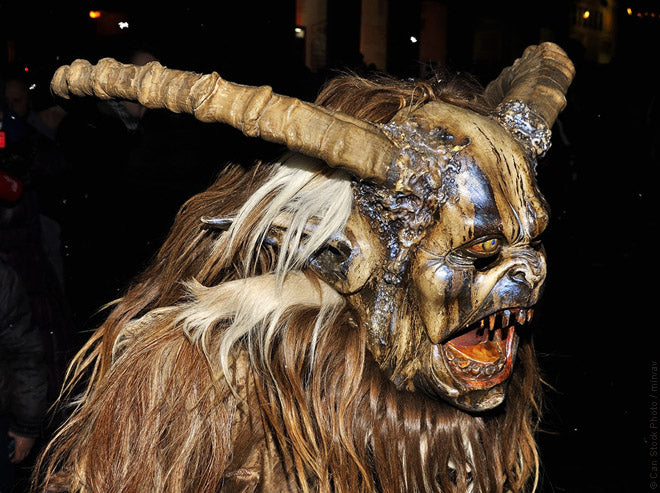
“The Rauhnacht offer time for spiritual breathing”
“The Rauhnacht offer time for spiritual breathing”
Interview with Gerhard Merz , journalist and author on " Rauhnächte "
"Even if we modern people are no longer afraid of the 'Wild Hunt' and do not attribute any sinister, demonic character to the icy nights between Christmas and Epiphany, the time 'between the years' still brings with it a very special energy. It offers a wonderful opportunity to pause, look back on the old year, give your soul some rest, clarify your own point of view and fit into the new year."
Gerhard Merz, author of the compact guide “Rauhnächte”, invites you to get to know traditional rituals and to better understand the mysteries of the Twelfth.
For our ancestors, the time between the years was a special phase full of mysteries and dangers. What is the origin of this popular belief?
Merz: The Rauhnächte or Twelfths are the number of twelve days and nights that fall during the Christmas season on the days between December 25th and January 6th. The Twelfths correspond to the number of days that make up the difference between the lunar year (354 days) and the solar year (366 days). The lunar calendar is therefore missing eleven days or twelve nights until the astronomically correct orbit of the sun. These twelve nights were considered days outside of time, in which the gates to the spirit world, the other world, the realm of the living and the dead, were wide open.
What do we mean by the so-called “rough nights” that are supposed to take place between the winter solstice and Epiphany? Why are there different traditions for the days and nights in question?
Merz: There are different opinions about which days the Rauhnacht actually occur. One way of counting begins on St. Thomas' Day, the day of the winter solstice on December 21st, another from December 25th to January 1st. The period from December 25th to January 6th (both dates marked the end of the old year and the beginning of the new year) was considered the actual twelfth season in most regions (counted from midnight after Christmas Eve to midnight on Epiphany). In Christian parlance they were also called the twelve "Christmas nights" - with the introduction of Christianity, the originally pagan twelve holy nights were replaced by the twelve days of Christmas.
According to traditional beliefs, dreams during the Rauhnächten are particularly important. Which symbols and images are revealing and how can they be interpreted?
Merz: According to tradition, dreams during the Rauhnacht have their own quality, can transcend space and time, point to future events, are particularly intense and revealing. According to old tradition, each dream represents a special event in the coming months. The dream of the first Rauhnacht was revealing for January, the dream of the second Rauhnacht for February, etc. The "seen" experiences were accepted as important clues and messages from the world of gods and spirits. Since everyone dreams differently, there is no magic formula for interpreting dream images or dream symbols. Every dream is different, every dream is based on a different life of experience, because every soul has its own images, colors, and feelings. In the main, dreams revolved and revolve around one's own sphere of life: house and home, forest and field - nowadays profession and work -, the weather, love, birth and death. Dreams are always individual. Certain symbols can repeat themselves, but ultimately everyone has to interpret their dreams themselves.
Smoking was an integral part of the rituals performed during the Rauhnächten. Where does this tradition, which is still practiced today, come from, and what is its purpose?
Merz: Smoking is a proven tradition that is thousands of years old. There is hardly an ancient culture that has not used the power of smoking for its ceremonies. Many old texts speak of herbs and resins that appeased the gods and had beneficial, healing effects on the body, mind and soul. Smoking with selected incense served as a purification, was supposed to let positive energies flow into houses and apartments for a new, fulfilling year, ward off negative forces, and drive away evil spirits and demons. An ancient custom that can make different strings of a person's soul resonate. Today, the custom of smoking is being rediscovered. Smoking has become increasingly popular and loved over the last few decades. It is no longer just linked to church services, but is now an independent act in its own right. Smoking has a lot to do with taking time, mindfulness, getting involved, healing, enjoying, opening up, transforming and expanding consciousness.
In some regions, areas and parts of the country, the “St. Thomas Night” from December 21st to 22nd is one of the Rauhnächten. What is special about this night?
Merz: The longest night of the year following St. Thomas' Day, the winter solstice, commemorates "Doubting Thomas", one of the twelve apostles who initially refused to believe in the resurrection of Jesus. In the regions where it was celebrated as the first Rauhnacht, it was considered the night of ghosts and oracles par excellence, from which many folk customs and superstitions can be derived. On St. Thomas' Night, smoke was burned in the house, all properties and stables to drive away evil spirits and demons. The night preceding St. Thomas' Day was more suitable than almost any other night for questioning the future. St. Thomas' Night is the first of the four Rauhnacht in which the Wild Hunt roams. In popular parlance, it is said that on St. Thomas' Day the day grows by the crow of a cock. Incidentally, in the Roman calendar, which has been in use since 1970, the feast of St. Thomas was moved to July 3, the day on which his bones were transferred to Edessa (Turkey).
What can modern and supposedly enlightened people do with the mysteries of the twelve Rauhnachts today? Is there perhaps more to this than just a fascination with strange superstition?
Merz: The Rauhnacht, the mysterious time between the years, brings with it a very special energy. This time, which was already given special significance in pre-Christian times, has certainly lost much of its sinister, demonic character in our modern times. Nevertheless, there are still many people who use the period between the years to meditate, to pause and to reflect. People who perhaps take a few days off to look back on the old year in peace and quiet, away from all the hustle and bustle, and to look forward to the new year with hopeful anticipation. A spiritual breather to clarify one's own point of view, to give the soul some rest and to fit into life with one's own self.
When you look at the different customs and rituals, you get the impression that what was once a pagan folk religion and Christian belief are closely related. Can the “Rauhnächte” also be understood as an expression of the confrontation and mediation between different cultures?
Merz: At the beginning of Christianization in the Germanic and Celtic regions of Europe, the missionaries were unable to suppress the deeply rooted customs of the tribes and communities that shaped people's lives. Therefore, attempts were made to fill the old customs and traditions with Christian beliefs. In Rome, the church decided to synchronize the pagan holidays with the Christian ones or to eliminate them. To further support this, Christian chapels, churches and cathedrals (depending on the size and importance of the old places of worship) were built on the old places of worship. Nevertheless, many customs and rituals have been preserved to our time and still live on in many variations.
Book tip:
Gerhard Merz: Rauhnächte. Compact guide. The mystery of the twelve fateful days. Mankau Verlag, 1st edition October 2017. Paperback, full color, 11.5 x 16.5 cm, 127 pages, €8.99 (D) / €9.20 (A), ISBN 978-3-86374-416-8.
Link recommendations:
More information about the guide "Rauhnächte"
To the reading sample in PDF format
More about Gerhard Merz
To the forum with Gerhard Merz











